Jump to:
You’re likely here if you’re still on the fence about which one to invest in: an electric patio heater or a fire pit? We get it, so we’re here to help. Here’s a quick breakdown of each, including their pros and cons, to make your buying decision easier.
What Is an Electric Patio Heater?
An electric patio heater is a source of outdoor heat that needs electricity to operate. You can think of it as a modern upgrade from classic fire pits that need charcoal or gas to produce heat.
Made specifically for outdoor spaces, particularly patios, electric patio heaters are designed to provide instant heat at the flip of a switch. They come in handy during the colder months, allowing you to keep your patio warm for gatherings or simply enjoy it.
The design varies, but common ones include freestanding and wall-mounted versions, as well as a mix of both. A freestanding electric patio heater, as the name suggests, stands on its own.
A great example is the BillyOh Medora Free Standing Electric Patio Heater. Using a weighted base, it stays upright even in strong winds. Plus, it’s waterproof, designed to be left outside—whatever the weather, and ready for you to use again.
A wall-mounted version is fixed to a wall, saving floor space but staying in one place. A combination design offers both options, letting you mount it on a wall or use it as a freestanding unit. Take this BillyOh Aurora 2-in-1 Free Standing/Wall-Mounted Electric Patio Heater, for instance. You can use it as a freestanding or wall-mounted heater, with different heat settings and at different heights to suit you!
Pros of electric patio heaters
- Energy-efficient: Electric patio heaters turn almost all the electricity they use into heat, meaning there’s little waste.
- No emissions: Unlike gas heaters or fire pits, they don’t give off fumes or carbon monoxide, making them cleaner and safer.
- Low maintenance: You don’t need to worry about refilling fuel or setting up ventilation. Plug the heater in, and you’re good to go.
- Safe for enclosed spaces: They don’t need extra airflow, so this is perfect if your patio is covered or you have a partly enclosed area, like a gazebo.
- Even heat distribution: Infrared models warm you up directly and won’t lose heat to the wind.
- No open flames: This makes an electric patio heater a safer option, especially if you have kids or pets around.
- Sleek and modern designs: Most feature sleek and modern designs without being bulky.
Cons of electric patio heaters
- Requires a power source: You’ll need access to an outlet, which might limit where you can place it.
- Coverage area: Electric patio heaters work best for heating specific spots rather than large open spaces.
- Not as powerful as gas or fire pit counterparts: They may take longer to heat bigger areas.
- Cord management: If using a freestanding model, you may need to consider cable placement for safety.
- Electricity costs: Running one for long periods can add to your energy bill, depending on usage.
What Is a Fire Pit?
A fire pit is a garden staple for those who want to make the most of their outdoor space year-round—through the night and during the colder months.
The ‘pit’ can either be dug into the ground, known as a sunken fire pit, or be a portable version, often with a bowl-like or ring design, that you can buy on the market. The latter is more common in many UK home gardens, thanks to its compact size and versatile build, with some being smokeless.
For reference, have a look at the BillyOh Alaska Metal Campfire Fire Pit Ring. It’s a modern-style fire pit with a cross-hatched design throughout the ring, paired with matching black metal mesh around it. It’s compact and great for smaller gardens while offering a large open top, providing ample room to add to the fire or move wood around for an even burn.
The BillyOh Smokeless Fire Pit is worth considering, too! It’s a direct upgrade to a traditional fire pit, utilising a specially designed airflow system to maximise airflow to your fire and fuel. This, in turn, produces a cleaner burn, reducing smoke and generating more heat.
Pros of fire pits
- You can cook on it: Some designs allow you to cook food, like roasting marshmallows or grilling, like these fire pit BBQs.
- Gives a cosier setting: The warmth and crackling flames compensate for this, making your outdoor stay more inviting.
- Different fuel sources that are more affordable: You can use wood, charcoal, or gas, depending on what works for you.
- Perfect for gatherings: A fire pit naturally brings people together for a relaxed evening.
- Portable models are available: Handy if you want to move it around.
- Less smoke feature: Smokeless fire pits give you the heat without as much smoke.
Cons of fire pits
- Smoke: Traditional wood-burning fire pits can produce a lot of smoke, though smokeless models help with this.
- Needs fuel: You’ll have to keep stocked up on wood, charcoal, or gas, depending on the type.
- Takes time to start and put out: Unlike electric heaters, you need to build and manage the fire.
- Open flames: This can be a safety risk, especially with kids, pets, or windy conditions.
- Ash and soot: Wood-burning models leave behind ash that needs cleaning up.
- Heat control: You can’t adjust the temperature as easily as with electric heaters.
The Verdict
Electric patio heaters and fire pits provide outdoor heating, but choosing between the two depends on the space you have and the look you’re going for.
If you want something convenient and safe without taking up too much floor space, an electric patio heater might be the best choice. A fire pit could be a better option if you’re after a social focal point in your garden and have the flexibility to use it for roasting marshmallows, making s’mores, or even BBQs.

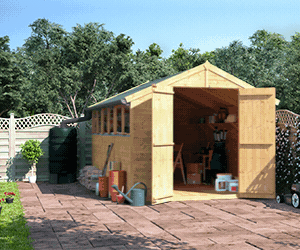

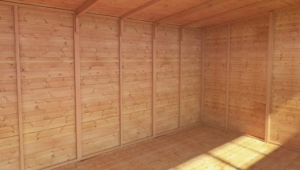


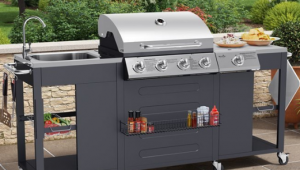


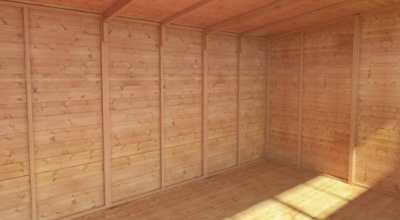


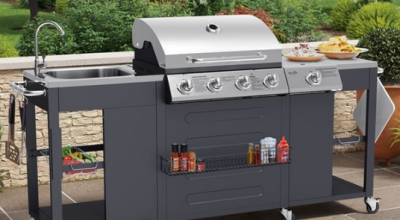

What do you think ?